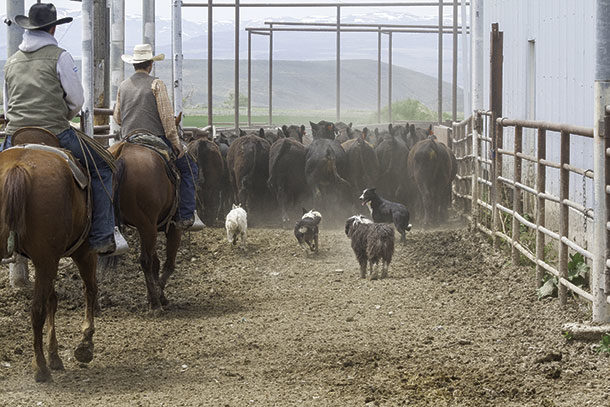Many livestock and horse owners around the country are concerned over potential liability if someone gets injured during a horse or livestock activity. In 48 states, there are statutory protections in place for livestock or equine owners that limit the circumstances under which they may be found liable. Although the specific requirements and applicability differ by state, these statutes are important potential defenses, and all livestock and horse owners should be aware of the law in their own state.
Which states have these statutes?
Currently, 48 states, all except for California and Maryland, have some form of equine or farm animal liability statute. The National Agricultural Law Center offers a state-by-state compilation where the statutory provisions for each state may be accessed (National Agricultural Law Center).
To which animals do they apply?
There is a key distinction between the existing statutes as to whether they apply only to equines or have been broadened to apply to all farm animals. For example, in 1995 the Texas Equine Act was passed and applied only to equine. This statute was amended and was broadened to include all farm animals, a term defined as including “equine animals, bovine animals, sheep, goats, pigs, hogs, ratite, chicken or other fowl.” Conversely, Montana is an example of a state that continues to offer statutory protection only for equine animals, defined as “horse, pony, mule, donkey or hinny.” Colorado’s statute is interesting as it applies to both equine activities and llama activities.
For what situations is the limited liability available?
Again, the specific provisions vary by state. Generally, the equine liability statutes provide that an animal owner is not liable for injuries caused by the inherent risk of a farm animal activity. For example, an inherent risk of riding a horse would be the horse getting spooked and the rider getting bucked off. This would be the kind of situation where these statutes would likely offer protection to the horse owner.
What steps must be taken to receive the protections?
It is important to evaluate the specific steps an animal owner must take for the exceptions to apply. In many states, including Colorado and Texas, if the animal owner is deemed a “professional,” then there are certain signs that must be posted and certain language that must be included in all contracts in order for the statute to apply.
For example, under the Texas statute, a farm animal professional is defined “as a person engaged in compensation to instruct a participant or to rent to a participant a farm animal for the purpose of riding, driving or being a passenger on the farm animal, to rent equipment to tack to a participant, to examine or administer medical treatment to a farm animal as a veterinarian or to provide veterinarian or farrier services.” People falling within this definition would need to comply with the requirements related to signage and contractual language, while others who might own farm animals but not within the “professional” definition would not be required to post any signage in order for the limited liability to apply.
What exceptions exist?
Each statute provides for various exceptions, meaning there are potential actions that can invalidate the protections for the animal owner. For example, common exceptions include providing tack to a participant when the animal owner knew or should have known the tack was faulty; failure to make a reasonable and prudent effort to determine the ability of the participant to safely engage in the activity; acting intentionally, recklessly, or with conscious disregard for the safety of a participant.
These statutory protections are an important element in a liability protection plan for livestock and horse owners. Taking the time to understand the scope of your state’s statute and ensuring you take the required steps in order for the protections to apply can have critical benefit in the event an injury occurs involving your livestock or horses. ![]()
PHOTO: In the event an injury occurs involving your livestock or horses, it is important to understand the scope of your state’s statute and the required steps in order for the protection to apply. Photo by Paul Marchant.

-
Tiffany Lashmet
- Assistant Professor and Extension Specialist – Agricultural Law
- Texas A&M AgriLife – Extension Service
- Email Tiffany Lashmet









